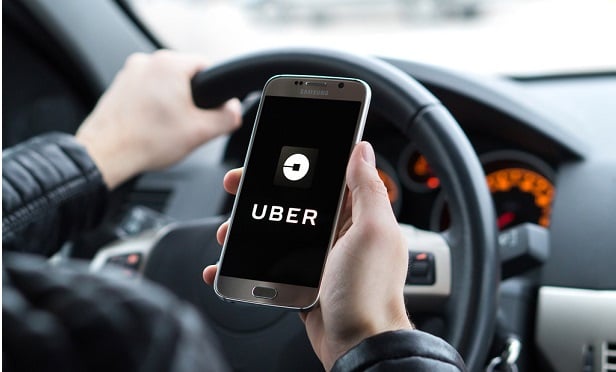 Uberand Lyft both have specific operations in place to provide rides topatients that are covered by third-party payers–Uber has agreementswith more than 1,000 health care organizations.
Uberand Lyft both have specific operations in place to provide rides topatients that are covered by third-party payers–Uber has agreementswith more than 1,000 health care organizations.
Uber and Lyft, the tremendously popular ride-hailing servicesthat in recent years have disrupted the taxi business, hope to makebig bucks by providing health care organizations, such as insurers,hospitals or public health programs.
|Much of the country's health care spending is focused ondelivering care to people who face transportation challenges. Manyof them, due to advanced age or disabilities, cannot drivethemselves to appointments. They struggle to get to and fromcheck-ups, to pick up prescriptions and to receive other types ofcritical medical care.
|Related: Free Uber rides for workers' medical appointments:Should you offer them?
|One study estimated that roughly 3.6 million people a year misscritical medical appointments due to transportation challenges.
|App-based ride-hailing services, which provide rides on demand,are naturally candidates to help address the issue. That isparticularly true in the many parts of the country that lackreliable public transportation and don't have robust publicservices that provide cheap transportation to those with mobilitychallenges.
|Uber and Lyft are part of a growing industry known asNo-nemergency Medical Transportation. In an interview with theWall Street Journal, Dan Trigub, the head ofUber's health care operations, reckons the NMT industry is worth$15 billion.
|Uber and Lyft both have specific operations in place to providerides to patients that are covered by third-party payers. Ubertells the WSJ that it has agreements with over 1,000 health careorganizations.
|Earlier this year, Lyft became an authorized medical provider inArizona's Medicaid program. The program pays for the company toprovide rides to appointments for Medicaid enrollees.
|Those who are most likely to need a ride to the doctor, however,are also the least likely to use ride-hailing apps. The majorityare older patients who don't have smart phones or are unfamiliarwith the digital sharing economy.
|In one case study, only 20 percent of the 394 patients at twoprimary care practices who were offered free Lyft rides acceptedthe offer. That rate of missed appointments in that patient groupdid not drop.
|Whether or not the business is profitable in the short-term forUber and Lyft, in the long-term the concept will likely provehelpful to many patients. While today's mobility-challengedpatients may not be embrace internet-based care, in the comingyears people will only become more comfortable and reliant onapp-based solutions to health care issues.
|Read more:
Complete your profile to continue reading and get FREE access to BenefitsPRO, part of your ALM digital membership.
Your access to unlimited BenefitsPRO content isn’t changing.
Once you are an ALM digital member, you’ll receive:
- Critical BenefitsPRO information including cutting edge post-reform success strategies, access to educational webcasts and videos, resources from industry leaders, and informative Newsletters.
- Exclusive discounts on ALM, BenefitsPRO magazine and BenefitsPRO.com events
- Access to other award-winning ALM websites including ThinkAdvisor.com and Law.com
Already have an account? Sign In
© 2024 ALM Global, LLC, All Rights Reserved. Request academic re-use from www.copyright.com. All other uses, submit a request to [email protected]. For more information visit Asset & Logo Licensing.








